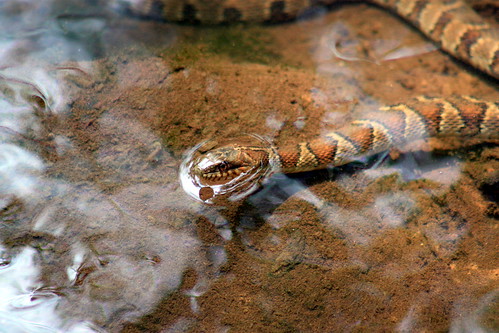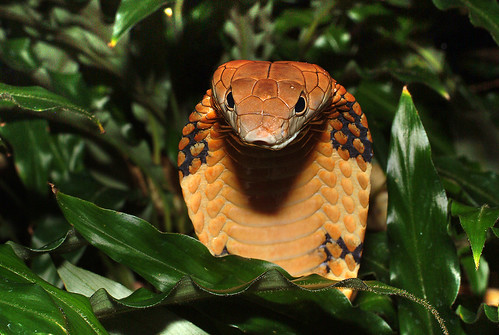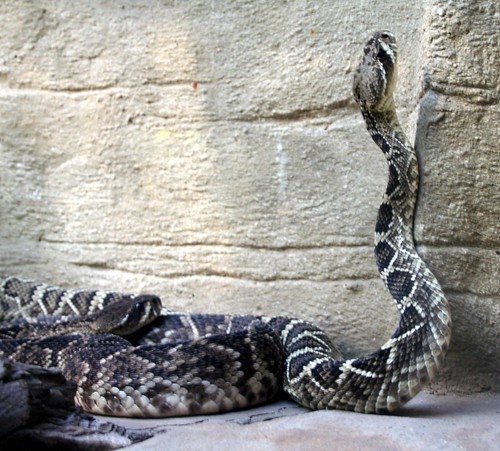The Northern Water Snake (Nerodia sipedon sometimes also known as Natrix sipedon) is a large, non-venomous, well-known snake in the Colubridae family that is native to North America. They are active during the day and at night. They are most often seen basking on rocks, stumps, or brush.
During the day, they hunt among plants at the water's edge, looking for small fish, frogs, worms, leeches, crayfish, salamanders, small birds and mammals. At night, they concentrate on minnows and other small fish sleeping in shallow water. It was once an endangered species but now benefits from the introduction of round goby, an invasive species.




